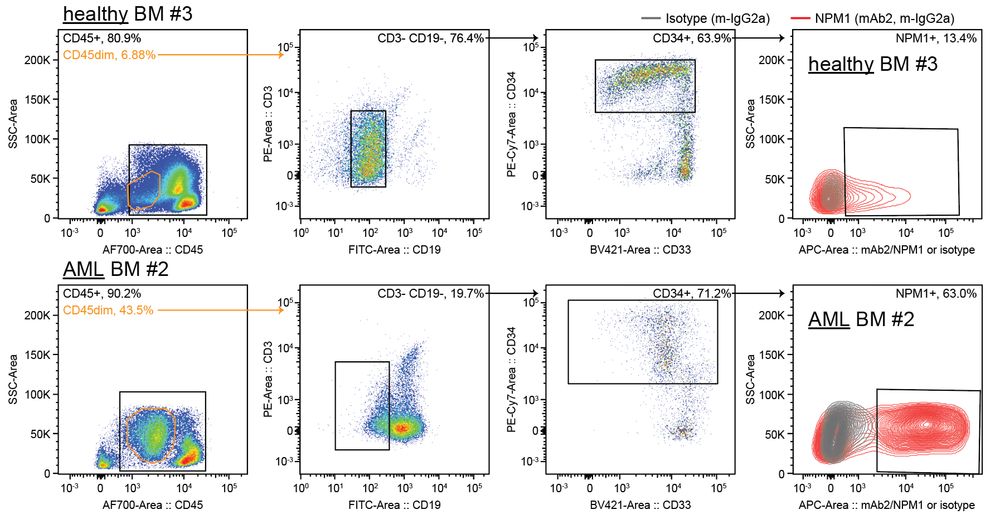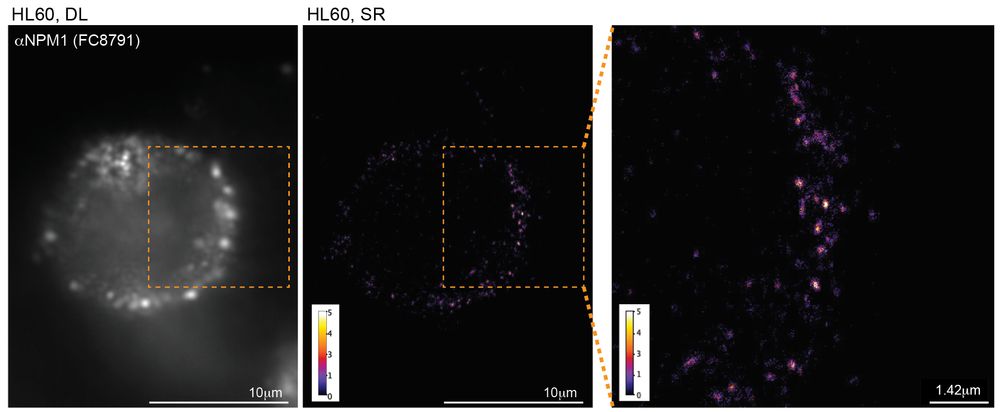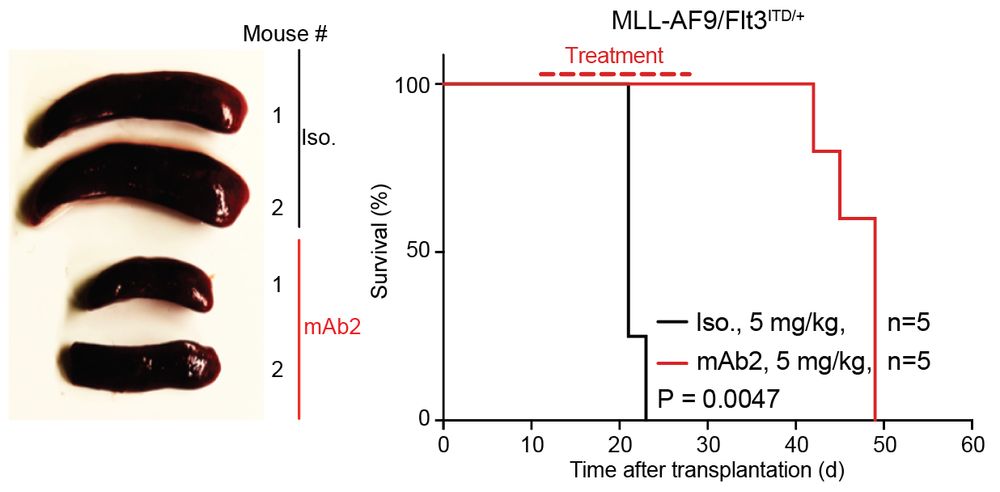Shady Saad
@shadys11.bsky.social
74 followers
100 following
6 posts
HFSP Postdoc in the Wysocka and Jarosz labs @Stanford. Aiming to understand physiological protein assemblies. Alum of ETH Zürich.
Posts
Media
Videos
Starter Packs
Pinned
Shady Saad
@shadys11.bsky.social
· Apr 21

DNA binding and mitotic phosphorylation protect polyglutamine proteins from assembly formation
DNA binding and phosphorylation protect FOXP2, a transcription factor with the longest
polyQ track in the proteome, from aggregation during interphase and mitosis. Harnessing
these native solubility-p...
www.cell.com
Reposted by Shady Saad
Reposted by Shady Saad
Cedric Boeckx
@cedricboeckx.bsky.social
· Apr 22

DNA binding and mitotic phosphorylation protect polyglutamine proteins from assembly formation
DNA binding and phosphorylation protect FOXP2, a transcription factor with the longest
polyQ track in the proteome, from aggregation during interphase and mitosis. Harnessing
these native solubility-p...
www.cell.com
Reposted by Shady Saad
Simon Fisher
@profsimonfisher.bsky.social
· Apr 22

DNA binding and mitotic phosphorylation protect polyglutamine proteins from assembly formation
DNA binding and phosphorylation protect FOXP2, a transcription factor with the longest
polyQ track in the proteome, from aggregation during interphase and mitosis. Harnessing
these native solubility-p...
www.cell.com
Shady Saad
@shadys11.bsky.social
· Apr 22
Shady Saad
@shadys11.bsky.social
· Apr 22
Shady Saad
@shadys11.bsky.social
· Apr 21

DNA binding and mitotic phosphorylation protect polyglutamine proteins from assembly formation
DNA binding and phosphorylation protect FOXP2, a transcription factor with the longest
polyQ track in the proteome, from aggregation during interphase and mitosis. Harnessing
these native solubility-p...
www.cell.com






